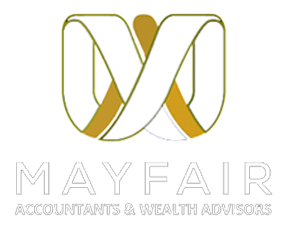Whether you’re employed or you get a pension, it is the duty of HM Revenue and Customs (HMRC) to check if you’ve paid the right amount of tax or not.
HMRC may post you a P800 tax calculation. Such P800s are usually sent by them by the end of September after end of tax year mainly if you have finished your old job and started a new one in the same month, started receiving pension and employment support or job seekers allowance.
Remember, if you are registered for self-assessment, you won’t get a P800 and your tax bill will be automatically fixed despite of underpaying or overpaying tax.
Your P800 shows the income you should have paid tax on which includes your pay or pension and any state or employee benefits, and savings interest. What you can do is compare the statistics with your records. In case when your state benefit has been paid every 4 weeks, you can multiply your regular payment by 13 to find out the total amount paid in a year.
Within 14 days of the P800, HMRC will send you a cheque in case if you’re due a refund. If you’re owed tax from more than one year, a single cheque for the entire amount will be given to you. Likewise, if you owe less than £3,000, HMRC will collect the owed tax in instalments over the next year.
You may be able to make a voluntary direct payment instead If you want to pay the tax you owe in full. And, if you think the amounts used on your P800 is not right and you have paid more tax than you are liable to, you can always claim a refund.
If you do not have the expertise to deal with such issues, make sure to get help from specialist accountants who are experts in dealing with taxes and HMRC.


